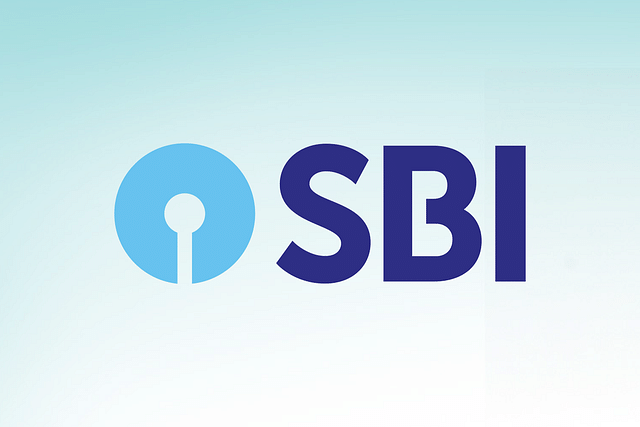
As SBI Cuts Deposit Rates, Your Life As A Conservative Saver Has Just Gotten Harder
Conservative savers cannot anymore rest with the assurance that idle funds will earn reasonable interest rates.
They have to manage their cash flows more aggressively for passivity will mean loss of income.
The State Bank of India’s (SBI’s) move to cut savings bank interest rates to 3.25 per cent for balances below Rs 1 lakh is indicative of two related things. One, idle balances will now be aligned to market trends, and not given as a special favour to conservative or lazy savers. Two, savers have to manage their cash flows more aggressively. Passivity will mean loss of income.
Under the plans announced yesterday (9 October) by the bank, savings account balances above Rs 1 lakh can opt to get rates in line with the repo rate, which is 5.15 per cent currently. This means if you do intend to retain large balances in your savings account, you need to maintain a certain minimum and/or manage them actively.
If you do intend to maintain idle balances of more than Rs 1 lakh to get the higher rate, it would be more logical to shift to shorter tenure fixed deposits, which offer 5.5 per cent to 6.5 per cent, with the lower end applying to deposits in the 46-179 day bucket, and the highest rate, 6.5 per cent, applying to tenures in the one year to less than two years range.
Since SBI often represents the safest – and hence the lowest rate structure among banks – it may make sense to move your fixed deposits to private banks, which not only offer slightly higher fixed deposit rates, but sometimes even higher savings bank rates (6-7 per cent for Yes Bank and IDFC First Bank).
For senior citizens, the highest rates – for tenures in the one to less than two years bucket – are well below 7 per cent at 6.9 per cent. And this is taxable.
Conservative savers cannot anymore rest with the assurance that idle funds will earn reasonable interest rates, or even that fixed deposits are significantly better.
For example, for tenures in the two years to three years range, the SBI rate is 6.25 per cent from 1 November, but the current yield to maturity of the January 2022 NHAI tax-free bond is 5.29 per cent. For a similar tenure, you get a slightly higher post-tax return (if you are in the top tax bracket) by buying NHAI N1 tax-free bonds today.
The best option for senior citizens who do not want to actively manage their money or cash flow is the Senior Citizen’s Savings Scheme (SCSS), which still pays a hefty 8.6 per cent. The GOI Savings Bond offers 7.75 per cent – for a seven year tenure. The SCSS rate will surely be cut from January, if general interest rates trend lower.
The next best alternative may well be either fixed maturity products of mutual funds, which give the benefit of indexation and thus lower tax rates, or even liquid mutual funds. The best liquid funds gave returns above 7 per cent in the last one year.
Overall, the SCSS and mutual funds are looking like the best options for senior citizens, the former because of the higher rates, and the latter because of the lower effective tax rate after cost indexation.
But even senior citizens cannot avoid risks any longer. When rates trend lower, it is equities that benefit most. Small investments in equity funds are recommended for almost all senior citizens, barring the very old.